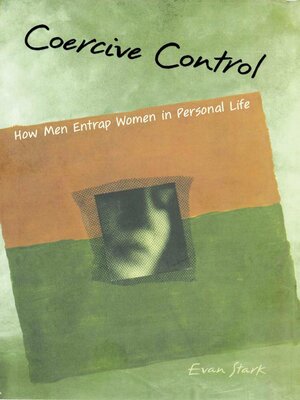Coercive Control
ebook ∣ How Men Entrap Women in Personal Life · Interpersonal Violence
By Evan Stark

Sign up to save your library
With an OverDrive account, you can save your favorite libraries for at-a-glance information about availability. Find out more about OverDrive accounts.
Find this title in Libby, the library reading app by OverDrive.



Search for a digital library with this title
Title found at these libraries:
| Library Name | Distance |
|---|---|
| Loading... |
Despite its great achievements, the domestic violence revolution is stalled, Evan Stark argues, a provocative conclusion he documents by showing that interventions have failed to improve womens long-term safety in relationships or to hold perpetrators accountable. Stark traces this failure to a startling paradox, that the singular focus on violence against women masks an even more devastating reality. In millions of abusive relationships, men use a largely unidentified form of subjugation that more closely resembles kidnapping or indentured servitude than assault. He calls this pattern coercive control. Drawing on sources that range from FBI statistics and film to dozens of actual cases from his thirty years of experience as an award-winning researcher, advocate, and forensic expert, Stark shows in terrifying detail how men can use coercive control to extend their dominance over time and through social space in ways that subvert women's autonomy, isolate them, and infiltrate the most intimate corners of their lives. Against this backdrop, Stark analyzes the cases of three women tried for crimes committed in the context of abuse, showing that their reactions are only intelligible when they are reframed as victims of coercive control rather than as battered wives. The story of physical and sexual violence against women has been told often. But this is the first book to show that most abused women who seek help do so because their rights and liberties have been jeopardized, not because they have been injured. The coercive control model Stark develops resolves three of the most perplexing challenges posed by abuse: why these relationships endure, why abused women develop a profile of problems seen among no other group of assault victims, and why the legal system has failed to win them justice. Elevating coercive control from a second-class misdemeanor to a human rights violation, Stark explains why law, policy, and advocacy must shift its focus to emphasize how coercive control jeopardizes women's freedom in everyday life. Fiercely argued and eminently readable, Stark's work is certain to breathe new life into the domestic violence revolution.







